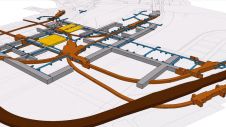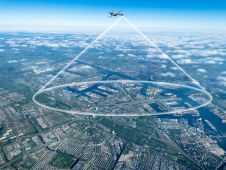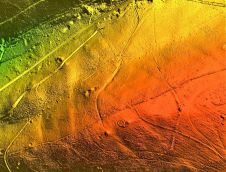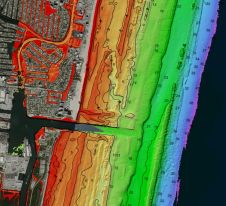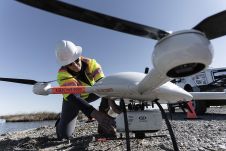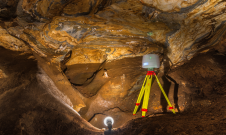World War Two Tunnels Surveyed with SLAM Technology
This article was originally published inGeomatics World.
Many historical projects have great significance for a location’s cultural heritage, and indeed its people. For the team atHistoric England, this is the fundamental concept of their work in order to conserve pieces of the country’s history. That much was evident with the latest project, the Ramsgate Tunnels, a 5km network of underground passageways which were paramount to the safety of local people in Ramsgate, Kent, England.
Once used as an underground narrow gauge railway, built to connect the town and docks to help improve trade links to Europe, the railway soon became a target for enemy bombing. It was therefore decided that a network of tunnels should be constructed to protect the people of Ramsgate; work began on this in 1939. Capable of sheltering 60,000 people during World War II, the tunnels were to become the most extensive underground public shelter system in the world, and subsequently, a historical site for tourists to visit.
After falling into disrepair, leaving behind a long-existing collapse in one area of the tunnels, the team at Historic England was invited to work alongside Ramsgate’s Heritage Action Zone to redevelop the area’s much-loved historical sites. Enlisting the help of GeoSLAM’s ZEB Horizon to provide a preliminary map of the damage, plans were put in place to assess tunnels that were previously inaccessible, in order to extend visitor access.
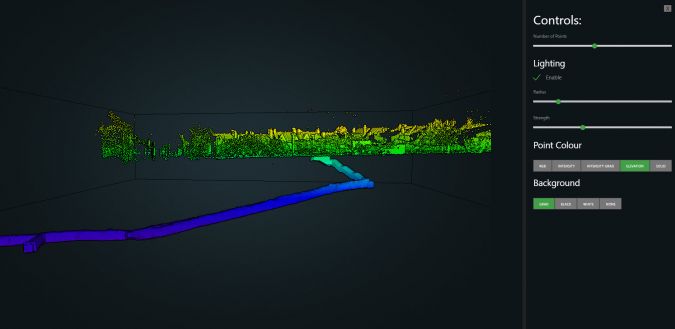
GeoSLAM技术是适合扫描地下network, primarily due to its long-range capabilities, but also of course to give position underground. The ZEB Horizon allowed our team to reach further down each channel where we needed a quick overview of the extent of the damage, and its approximate location relative to the surface. The instrument has a range of 100m and 3cm relative accuracy, which is sufficient for this type of project.
The complete survey comprised a total of nine scans, taking around 10 minutes for each scan. Compared to a static scanner, this improved the speed of the scanning process dramatically.

Figure 1 shows the extent of the survey which was captured in one continuous scan and is shown relative to the town. Figure 2 shows quite dramatically how the collapse of the tunnel caused a blockage, and Figure 3 shows the detail obtained in the tunnel.
This project shows how modern technology can provide a solution to a problem which is fit for purpose in terms of the accuracy obtained and the cost.
约翰Badford是地理空间成像高级分析师at Historic England

Make your inbox more interesting.Add some geo.
Keep abreast of news, developments and technological advancement in the geomatics industry.
Sign up for free


